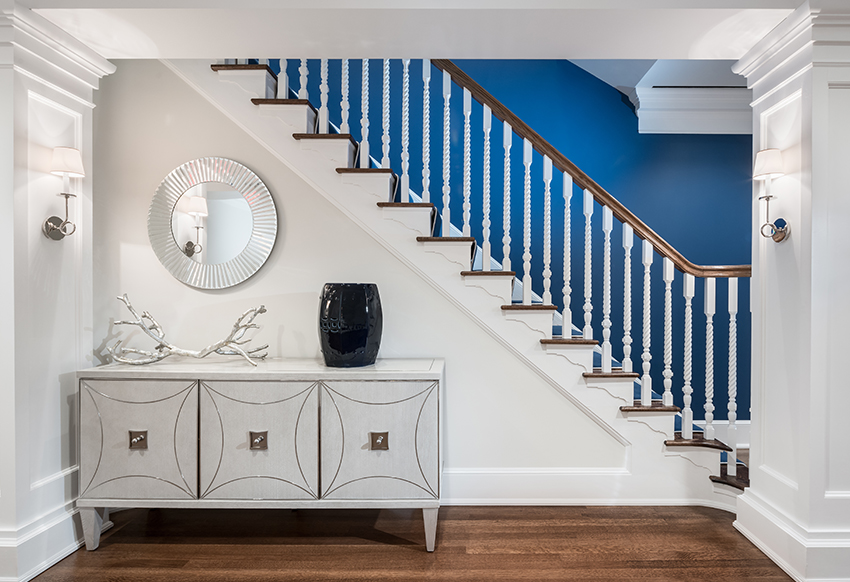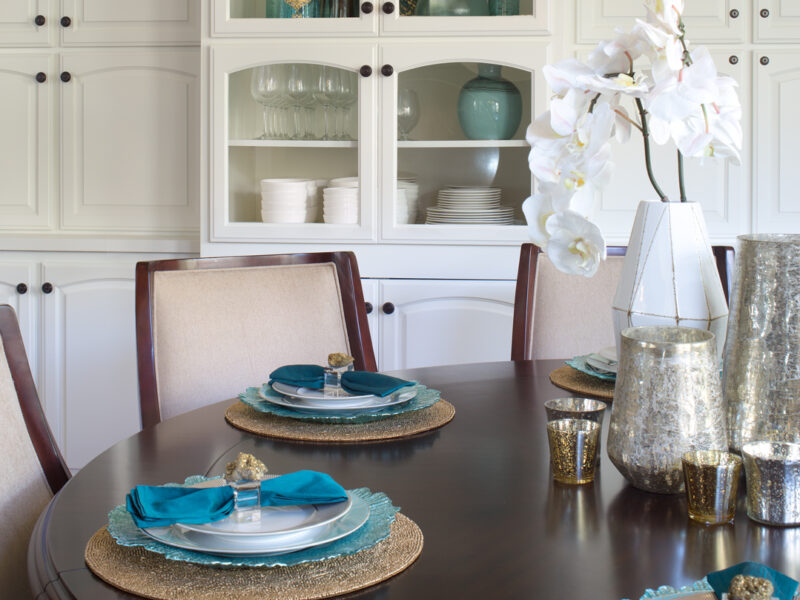
The Psychology of Color
[vc_row css=”.vc_custom_1474288085355{padding-bottom: 20px !important;}”][vc_column][vc_column_text]
Colors are a very important aspect when it comes to the interior design of your home due to how they tend to affect our psychological and physiological state. Here are common colors used in interior design and the psychology behind them:
Black
Black is the color of elegance and sophistication. If you want to use it in your house, then it is recommended that you use it as a background color in order to accentuate the décor of the room. Overusing this color can result in a dark and gloomy feeling, so make sure to pair it with neutrals or bright colors to add contrast.
Blue
Go for blue if you want to give a cooling effect. Interior designers tend to use blue to promote relaxation since it tends to lower both heart rate and blood pressure.
Brown
Brown can make any space look more cozy and inviting because of its neutrality. It is associated with stability and security, which shows in the amount of furniture made with wood. This color is very popular in rustic design style because of the variety of wood tones available on the market today.
Green
Green tends to relax people and also has a soothing effect. Incorporating green is as easy as adding indoor plants to your space. This will add a natural and lush feeling to your space along with all the benefits that indoor plants provide for us.
Gray
Gray is another neutral color that has gained popularity over the past few years due to its ability to blend well with just about every color. Use gray as a jumping off point and not the only color in your space because it can make a room look sordid and boring.
Pink
Pink is considered to be a feminine color and depending on the shade you use can have a different effect. Lighter shades lend themselves to soft, delicate and a tranquil feeling while brighter shades like magenta or fuchsia can sway toward femininity, sexuality, and strength.
Purple
Purple is the color of royalty and luxury and it tends to have a very calming effect on people. A lot of interior designers tend to use this color in bedrooms to promote sleep and extravagance.
Red
Red is one of the most stimulating colors out there. A warmer hue can make you feel more alert, whereas bright red can accelerate your heart rate. Use red sparingly when it comes to the paint of the walls.
White
White is associated with purity and cleanliness. A lot of interior designers tend to paint the walls white because it gives them more room to experiment with the décor and color elsewhere.
Yellow
Yellow is associated with brightness and cheerfulness. You can use pale yellow on your walls as it can help in uplifting one’s mood.
Understanding the psychology behind the colors your choose in your home can change the entire feel of your space. Armed with this information, you can create the feeling you want for each space in your home.
Still need help deciding on the right color for your home? We specialize in that!
Learn more about our services and schedule your complimentary Discovery Call here.
[/vc_column_text][/vc_column][/vc_row]



